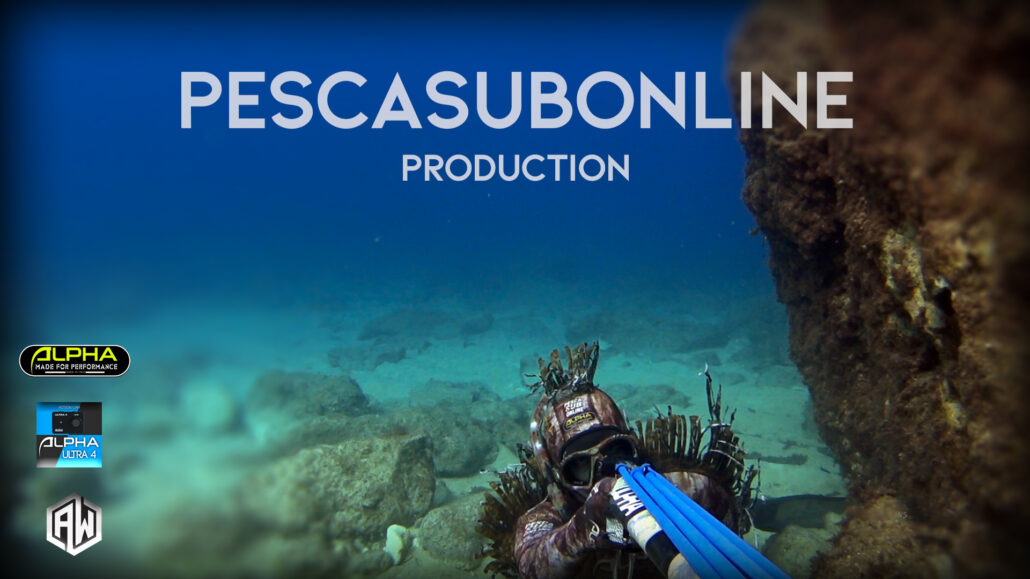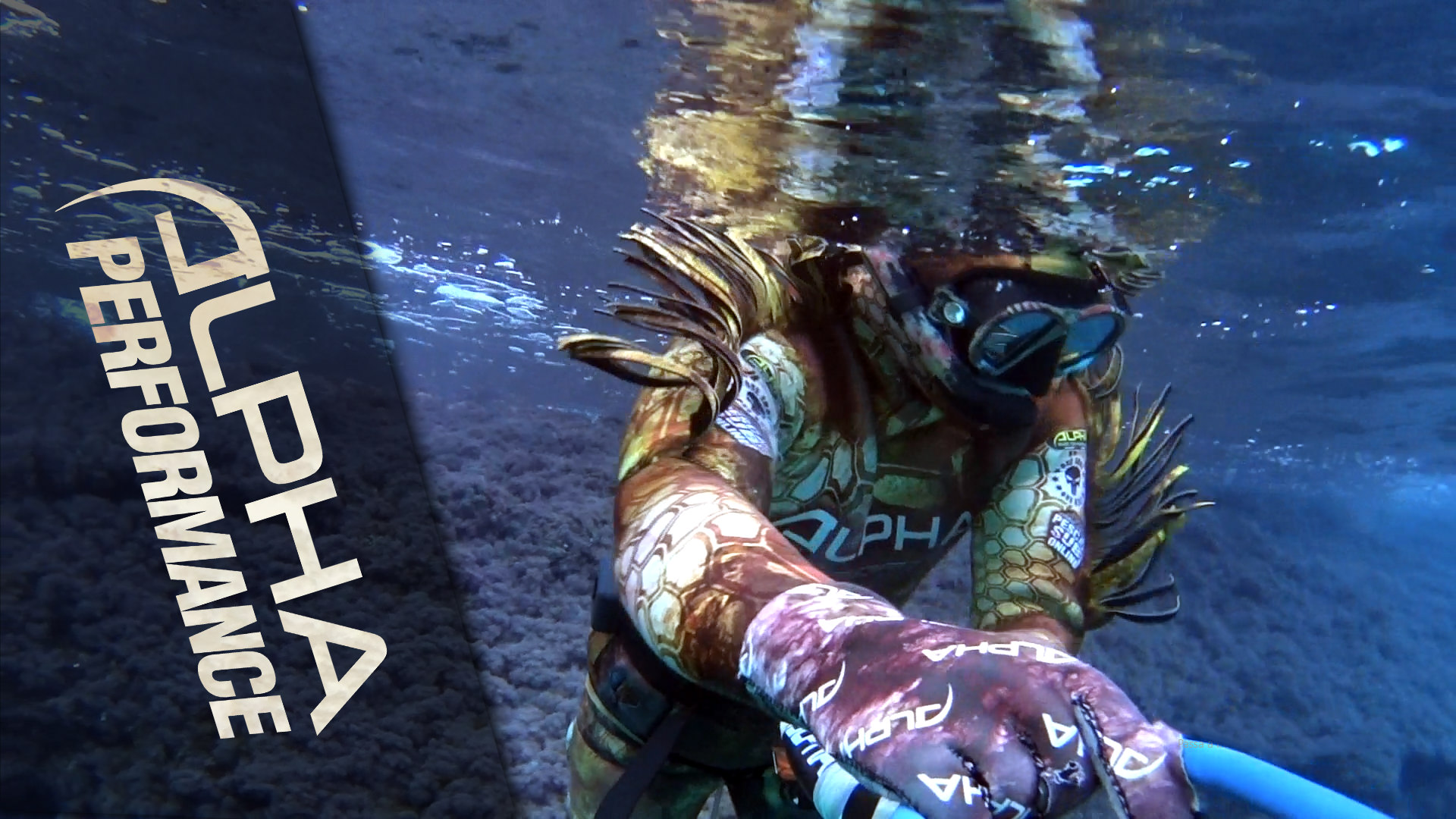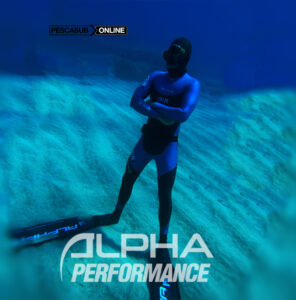Spearfishing aspect technique
Spearfishing aspect is a free-diving fishing technique where you need to be still on the bottom near rocks, algae or perfectly hidden ravines. It is used to approach sea bream, sea bream, mullet, etc. The fish, very wary but curious, often approaches to see what is happening in their areas and what type of intruder it is.
 To practice the apnea aspect technique, you need excellent physical preparation and perform a slow and silent descent, taking care not to make excessive noises. In the background, we hide motionless. It can be applied both on the shallow bottom and in depth.
To practice the apnea aspect technique, you need excellent physical preparation and perform a slow and silent descent, taking care not to make excessive noises. In the background, we hide motionless. It can be applied both on the shallow bottom and in depth.
The choice of place is fundamental.

Spearfishing Equipment
In the aspect technique, long and very powerful rifles are used, from 100 up. Both speargun and tire are fine
Even if a fish tends to approach the stationary diver, this does not guarantee its capture, in fact it is necessary that the prey gets close enough.
What happens is that the fish gets closer until it notices the danger. Therefore the diver will have to take advantage of the conditions that best hide him from the fish’s senses, sight and lateral line. Rough seas and murky water will therefore be conditions to be considered allies, while on his side the diver will have to ensure immobility and a position that appropriately hides him.
 We now describe the aspect technique regarding the movement of the diver.
We now describe the aspect technique regarding the movement of the diver.
The vault must be silent until the chosen position. Already during the descent (during which we will twist 360 degrees) we will try to scan the seabed at the limits of our field of vision in search of some prey or a clue that signals its presence (example: collected food).
Once positioned, we will try to slowly look around, reducing neck movements to a minimum. It will be essential to have the rifle pointed in the direction the fish comes from (or at least on its trajectory) before the latter gets too close. This will allow us to be completely still at the moment of the shot when the fish is close enough to us.
We will not always succeed in this aim.
For example, when the visibility of the water is very poor, you may be caught by surprise, perhaps by some sea bass coming up behind you. In this case we will try to slowly move the speargun in the direction of the fish, stopping whenever it tends to widen its trajectory.





















